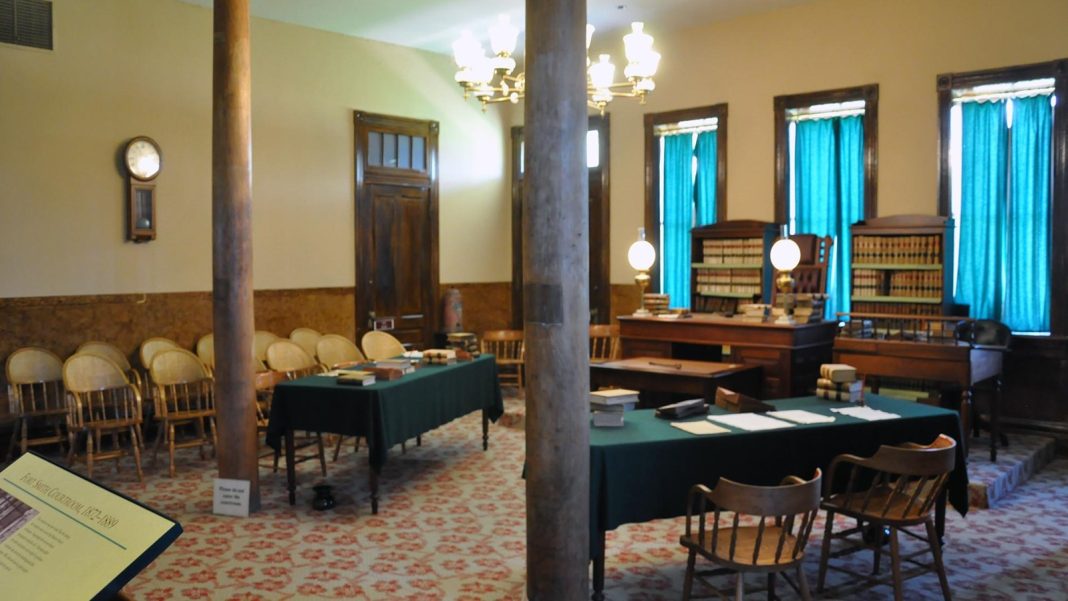By Dr. Curtis Varnell
The old book shelves held dozens of volumes, many I had forgotten about or stuck back for future reference. With snow and ice on the ground, there was no better time than the present. Stuck between two huge volumes was a tattered, yellowed volume entitled Hell On the Border, written by author Frank Eaton. An old volume purchased by my father at some long-forgotten yard sale, the book was a descriptive story of Fort Smith’s historical federal court. Chocked full of actual court descriptions of cases provided over by Judge Isaac Parker, it was a treasure trove of information about frontier justice in Fort Smith and the Indian Territory.
Judge Parker was the third and longest serving of the three federal judges who served the Western District from the end of the Civil War until the late 1890’s. The court, held originally in Van Buren, was moved to Fort Smith in the 1870’s. It serviced Indian Territory, stretching from the Arkansas border across the plains to Colorado and included 74,00 square miles. The area was sparsely populated with an average of only 60,000 people, but those 60,000 included an unholy mixture of shysters, bandits, and thugs of every description. The 1828 treaty with the natives had guaranteed protection for the inhabitants but had seldom lived up to the promise. Parker, a man of integrity was determined to bring law to the region. His motto, “Permit no innocent man to be punished, but no guilty man escape.”
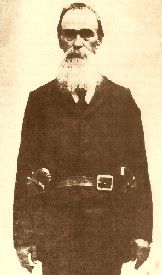
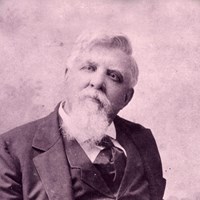
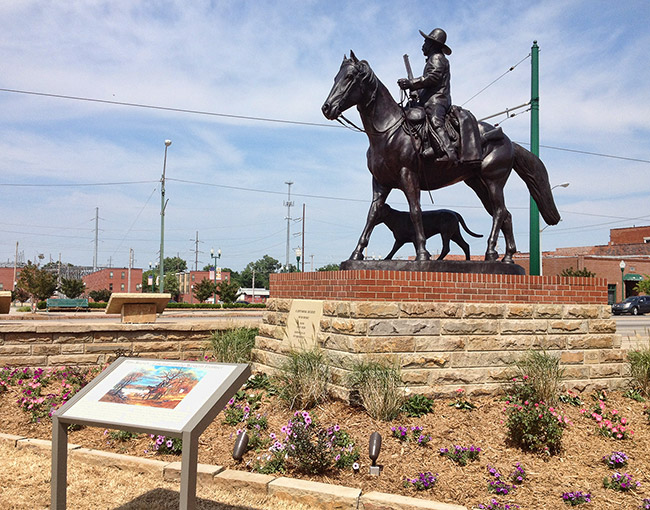
In twenty-one years as judge, Parker tried 13,490 cases, 344 of which were capital crimes. Nine thousand four hundred and fifty-four cases were deemed guilty of conviction. Parker sentenced 160 men to death during those years but only 79 were ever hanged. The rest died in jail, appealed, or were pardoned. Cherokee Bill, James Childers, and Belle Star are some of the most famous outlaws to appear before the judge and the most famous of his 65 deputy marshals was Bass Reeves. It was said the when Judge Parker sent Bass Reeves after you, it was time for you to surrender because he always got his man.
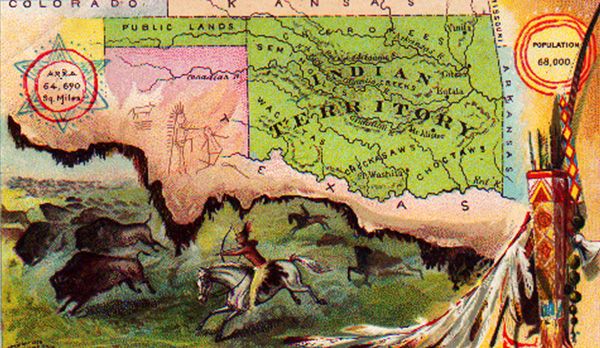
Behind the numbers are the real stories, the stories recounted in court by the victims and the perpetrators of the crimes. Hell on the Border describes many of these, often in more detail than can be recounted. The final testimony of John Whittington is typical of many of those convicted, “I was just what my father taught me to be. He taught me to drink whiskey, and set the example of being a drunk. I took to this practice, and knowing not what I was doing, killed my best friend.” Other stories describe horrendous tales of cleaving someone’s skull with an ax, killing someone over petty arguments or for a few dollars in cash. In 1875, several men including one Joseph Martin, ran across a young couple journeying through the Arbuckle mountains on the way to Texas. Known as “the Bully,” Martin first killed the husband and then took the pretty wife, abused her, and threw her into a six-foot hole filled with rattlesnakes. Her body was found weeks later, still surrounded by the den of snakes. This may have served as inspiration for one of the dominant tales from the movie and book, True Grit.
First referred to in the 1920’s as the Hanging Judge, Parker was thought to be impartial and fair. Although opposed to capital punishment, he yet sentenced more than 70 men to die at the gallows behind the park. He once stated, “it is not the severity of punishment but the surety of punishment that stops crime.” It is said that he shed tears as he sentenced his first person to hang and that he refused to observe the hangings. The hangman in virtually every case was George Maledon. Maledon first served as a deputy marshal and then volunteered to serve as hangman. A dour 5 ft 5-inch man, he was said to be a man without a smile and a tough man to mess with. He shot five men who tried to attack members of the court or attempted to escape. One man was shot and killed with a pistol from 75 yards away as the tried to escape.
So many stories and so much to tell. For a more complete picture, visit the Fort Smith National Park. Let my friend Cody Farber guide you on a tour through the courtroom, the filthy crowded jail space that held dozens of prisoners in the basement, and tell you the true stories of the American west. If so inclined, visit the gallows, ride the trolley, visit the beautiful Bass Reeves monument, or go a few blocks north to the U.S. Marshals Museum. The best part, you learn so much of the good and bad of our history and most is free.

